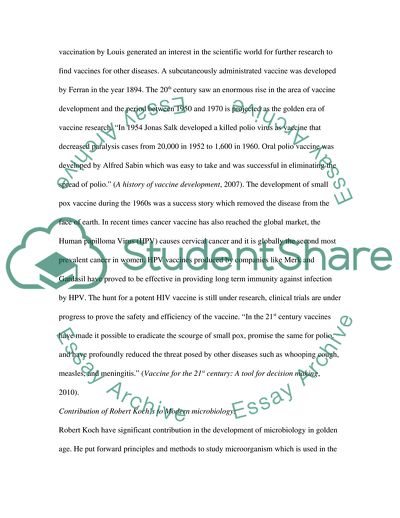Cite this document
(Contributions of Golden Age of Microbiology Coursework, n.d.)
Contributions of Golden Age of Microbiology Coursework. https://studentshare.org/biology/1736734-which-major-discoveries-of-the-20th-and-21st-centuries-owe-their-origins-to-the-golden-age-of-microbiology
Contributions of Golden Age of Microbiology Coursework. https://studentshare.org/biology/1736734-which-major-discoveries-of-the-20th-and-21st-centuries-owe-their-origins-to-the-golden-age-of-microbiology
(Contributions of Golden Age of Microbiology Coursework)
Contributions of Golden Age of Microbiology Coursework. https://studentshare.org/biology/1736734-which-major-discoveries-of-the-20th-and-21st-centuries-owe-their-origins-to-the-golden-age-of-microbiology.
Contributions of Golden Age of Microbiology Coursework. https://studentshare.org/biology/1736734-which-major-discoveries-of-the-20th-and-21st-centuries-owe-their-origins-to-the-golden-age-of-microbiology.
“Contributions of Golden Age of Microbiology Coursework”. https://studentshare.org/biology/1736734-which-major-discoveries-of-the-20th-and-21st-centuries-owe-their-origins-to-the-golden-age-of-microbiology.


